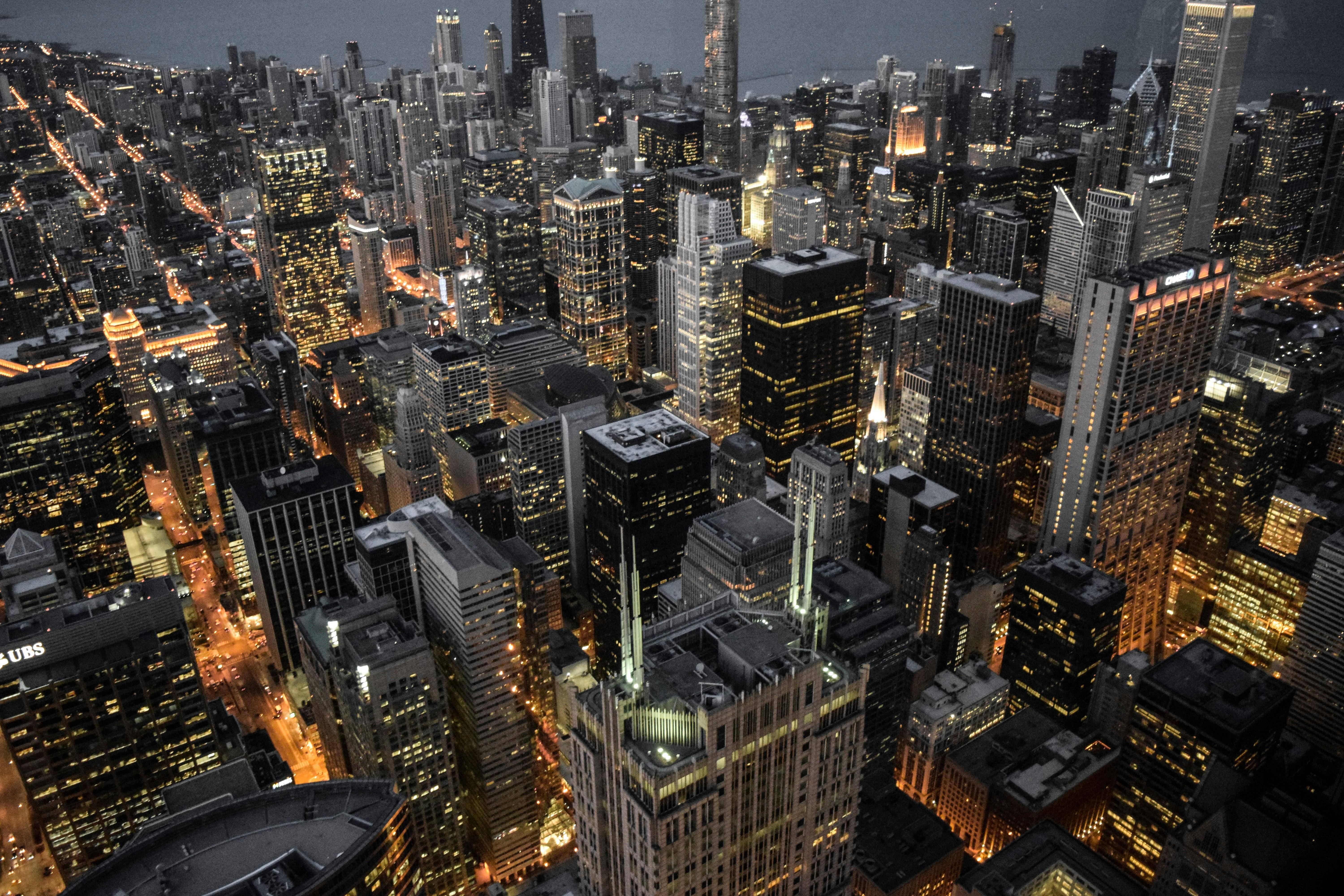The Race to Build Bigger: How the World’s Costliest Projects Are Changing Cities

There’s something fascinating about watching a skyline grow. Giant cranes reaching into the clouds, armies of workers pouring steel and concrete day and night — it’s more than just construction; it’s a statement. Around the world, countries are locked in a new kind of competition: who can build the most ambitious, most expensive, and most transformative megaprojects.
The Billion-Dollar Boom
In the last decade, billion-dollar construction projects have gone from rare headlines to regular occurrences. What used to be shocking — a single building or bridge costing over a billion dollars — has now become the standard for large-scale developments.
From futuristic stadiums to man-made islands, these projects aren’t just engineering feats; they’re economic and political symbols of ambition.
Take Saudi Arabia’s Neom City, a $500 billion vision to build a zero-carbon city stretching through the desert. Or the Hudson Yards project in New York City, a $25 billion transformation that turned a forgotten rail yard into a glittering new district of offices, condos, and high-end shopping. These massive builds don’t just change skylines — they redefine how people live, work, and connect.
Cities Competing for the Sky
Urban growth is driving this race. As populations surge and space becomes limited, cities are going vertical — higher, smarter, and stronger. Dubai’s Burj Khalifa held the world record for years, but it’s already being challenged by new designs in Saudi Arabia and China that aim to reach even higher.
These skyscrapers are more than office space — they’re monuments of national pride. Each tower, airport, or entertainment district is a declaration that says, “We’ve arrived.” For local economies, they bring billions in investment, jobs, and global recognition.
Innovation at an Unthinkable Scale
Behind every billion-dollar build is innovation at a scale most of us can’t imagine. AI-driven design tools, modular construction, and green technologies are speeding up timelines while reducing waste.
In Singapore, engineers are using smart materials that adapt to weather conditions. In the U.S., robotic welders and autonomous vehicles are becoming a regular part of large construction sites.
And let’s not forget sustainability — once an afterthought, now a requirement. Many megaprojects now feature renewable energy systems, recycled materials, and water-efficient infrastructure that can support future generations.
The Hidden Cost of Going Big
Of course, building big doesn’t come without challenges. Cost overruns, delays, and environmental impact can turn even the most visionary idea into a cautionary tale.
The California High-Speed Rail project, for example, ballooned from an estimated $33 billion to over $100 billion, still struggling to meet deadlines.
Yet, even with setbacks, cities keep pushing forward. Because at the heart of these billion-dollar dreams lies a simple truth: progress never stands still.
The Future Is Even Bigger
As we move toward 2030, the world will see a surge of new megaprojects — floating cities, climate-resilient developments, and tech-integrated urban hubs. The line between construction and innovation will blur even further.
What’s being built today will shape how billions of people live tomorrow. The cranes, the noise, the cost — they’re all signs of something larger: humanity’s endless drive to build higher, smarter, and better.
